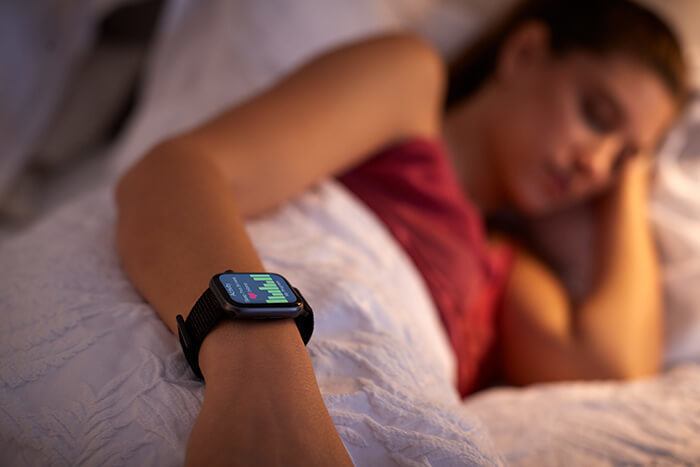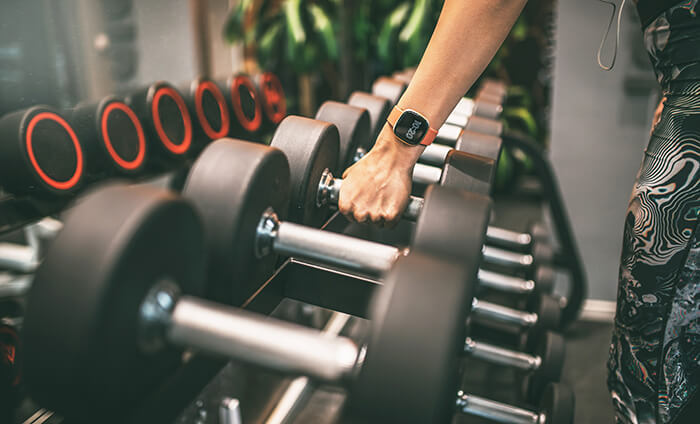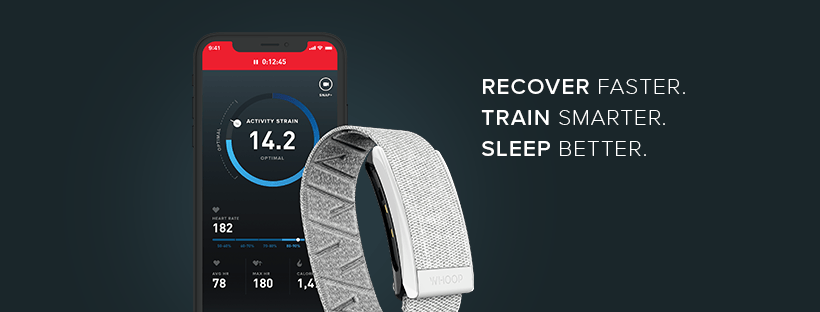We love wearable tech at WODprep; my team and I all use it to some degree on a daily basis. However, we’re also well aware of the pitfalls and disadvantages which allows us to be smart about it. Knowing what to pay attention to in order to improve your recovery is key, so let’s dig into the good, the bad and the ugly of wearable tech…
If you’d like to watch myself, Dr CJ and Dr Justine chat discuss this subject in a recent YouTube video, check it out below.
Wearable Tech - THE GOOD

The best thing about technology like Whoop, Garmin, Apple Watch and Oura Ring has to be that it brings awareness to us about our sleep quality and daily movement. Before I started tracking anything, I thought my sleep habits were pretty good! Every so often I would ‘just this one time’ stay up a little later to watch another episode and maybe get up early to go mountain biking.
It wasn’t until I started tracking my sleep that I realised this was happening on a regular basis and it was time to start dialling back in my good sleep habits.
Similarly, (thanks to the awesome Denver craft beer scene), having a beer or 2 every night had become a regular thing, which I thought nothing of when it came to my sleep. When I started wearing my Oura Ring, I noticed a difference in my recovery on days I’d had a beer the night before. HRV was down, disturbances while asleep were increased and I was shocked at how just one drink could affect my sleep so much.
My sleep hygiene wasn’t the only thing I picked up on through tracking though. My Garmin watch highlighted just how little I moved on days when I worked at my desk. Taking on the 6am WOD is great - but not ideal when you sit hunched over your laptop for the rest of the day.
So what did this awareness do for me? It led me to action! It gamified the process of improving my recovery; encouraging me to go to bed a little earlier, skip some midweek beers and nudge me away from my desk to take the dogs for a walk!
When you start to notice areas that can be improved - even small amounts - you can stack better habits on top of each other to make a huge difference to your recovery, and ultimately your overall well being.
Wearable Tech - THE BAD
Awareness, while being a great catalyst for change, is a double edged sword. What happens when these noticings start to make us hyper-aware, obsessive even? The problem arises when we take this objective data and let it control our every decision.
Usually, recovery is a subjective matter. Do I feel good? Tired? Ready to train again? Our feelings make for fairly good indicators of recovery. Usually.
Then we start tracking things like strain and sleep and suddenly these feelings mean nothing. We are slaves to our devices and can no longer make decisions without first checking our apps.
Have you ever woken up feeling pretty good only to look at your watch which gives you a poor recovery score? Suddenly you realize you’re actually pretty tired and start to feel a bit beat up.
It could be that we feel worse as a result of finding out that score, and so it’s our reaction to it rather than the score itself.
If you’re naturally an obsessive person, find yourself checking your score as soon as you wake up and feeling disheartened by your results, it could be time to take a step back from tracking. Try going a week without it and see if you can tune back in to your subjective recovery markers.
This can be likened to becoming obsessed with scale weight. Your body could look great and lean mass has increased, but that number on the scale is going up. Trouble is, it’s only telling half the story. Remember that the device you’re using is just one piece of the puzzle.
Wearable Tech - THE UGLY

We’ve covered the amazing benefits of awareness and how it encourages us to make change. We talked about how not to become a slave to the data, now let’s take a look at the pitfalls of the technology itself.
The one big problem for CrossFitters is this; your activity recorded is rarely accurate, unless you’re taking part in long, slow cardio activity. Lifting weights and short, intense workouts (so, most of your CrossFit program!) won’t be given the credit they deserve! Activity trackers are pretty good at rewarding you for keeping your heart rate up for long periods of time; think a day of mountain biking!
However, this technology is constantly evolving and improving and I’m sure in the not-too-distant future, we’ll see some updates that give CrossFitters a better picture when it comes to activity recordings.
Until then, I still believe that wearable tech is a worthwhile investment for improving your recovery. With the proper coaching and understanding of how to use these tools, the good far outweighs the bad - and even the ugly!
If you’d like to start seriously optimizing your recovery for levelling up your performance and health, we’ve just released our flagship course, Recovery Rx’d. In it, you’ll learn about the data that’s important, how to track and journal for best results and take part in 8 weeks of challenges. By the end of the course, you won’t believe the difference in how you sleep, feel and move! Join here.
Want a head start before you join Recovery Rx’d? You can download our free Ultimate Recovery Guide, written by sleep expert Dr Justine Ward, specially for members of the WODprep family! Get it free, here.

Finally, as a thank you for checking out this blog post, you can join Whoop (one of my favorite devices) and your first month’s subscription is on me!
